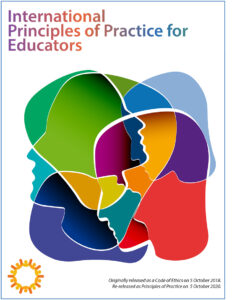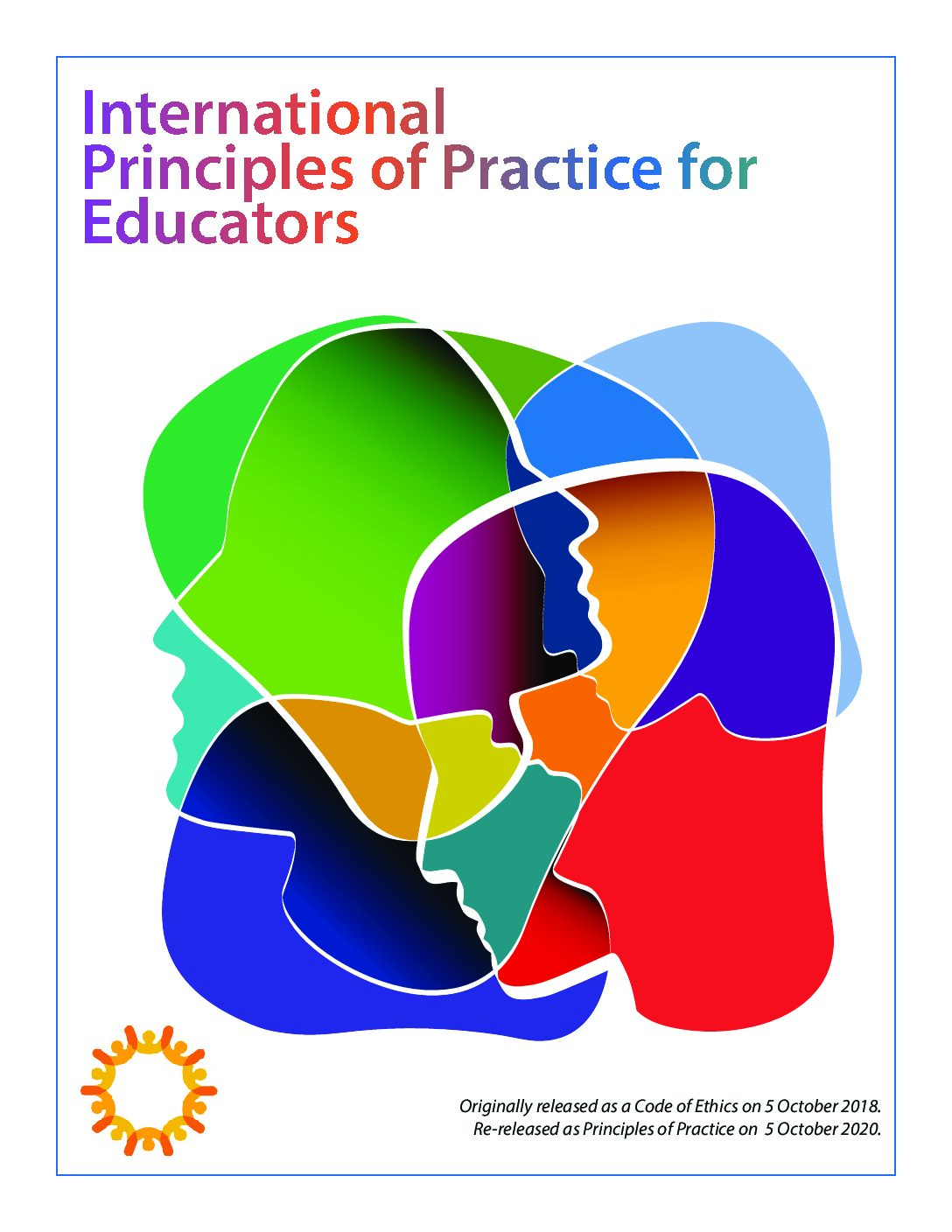International Principles of Practice for Educators
Empowering educators as they respond to the complexities of educating children in this rapidly changing world.
As an organization dedicated to ensuring the optimal education of children worldwide, Childhood Education International is committed to providing tools and resources for educators. We developed the International Principles of Practice for Educators (IPPE) to empower educators as they navigate global and local contexts and respond to the complexities of educating children in this rapidly changing world.
Advancing Access, Quality, and Equity in Education
The IPPE has been designed to reflect internationally accepted values and principles of human rights, including philosophies about education, human development, and learning that are embedded within United Nations declarations and international agreements.
It can be used by individual educators to help shape and improve their practice or by groups of educators to collectively assess professional values, beliefs, and behaviors. The IPPE is a living document, so the principles are meant to be reviewed and adapted to respond to changing global circumstances.
How to Use the Principles
The IPPE is a comprehensive, human rights-based guide for educators worldwide who teach children from birth to 18 years of age. It is an aspirational document of principles designed to guide educators as they navigate the complexity of their profession and challenges in their daily practice, and as they seek to better serve children, their families, and their communities.
How the Principles are applied may vary based on the unique circumstances of communities and schools. Each Principle is followed by a series of Elements that illustrate how the principle might be applied. These elements take into account the age of the children being taught as well as the culture and context that surround the educational settings.
Although the 12 Principles are universal, the Elements are not intended to be followed precisely; rather, they serve as examples that may help to clarify the intent of the Principle.




